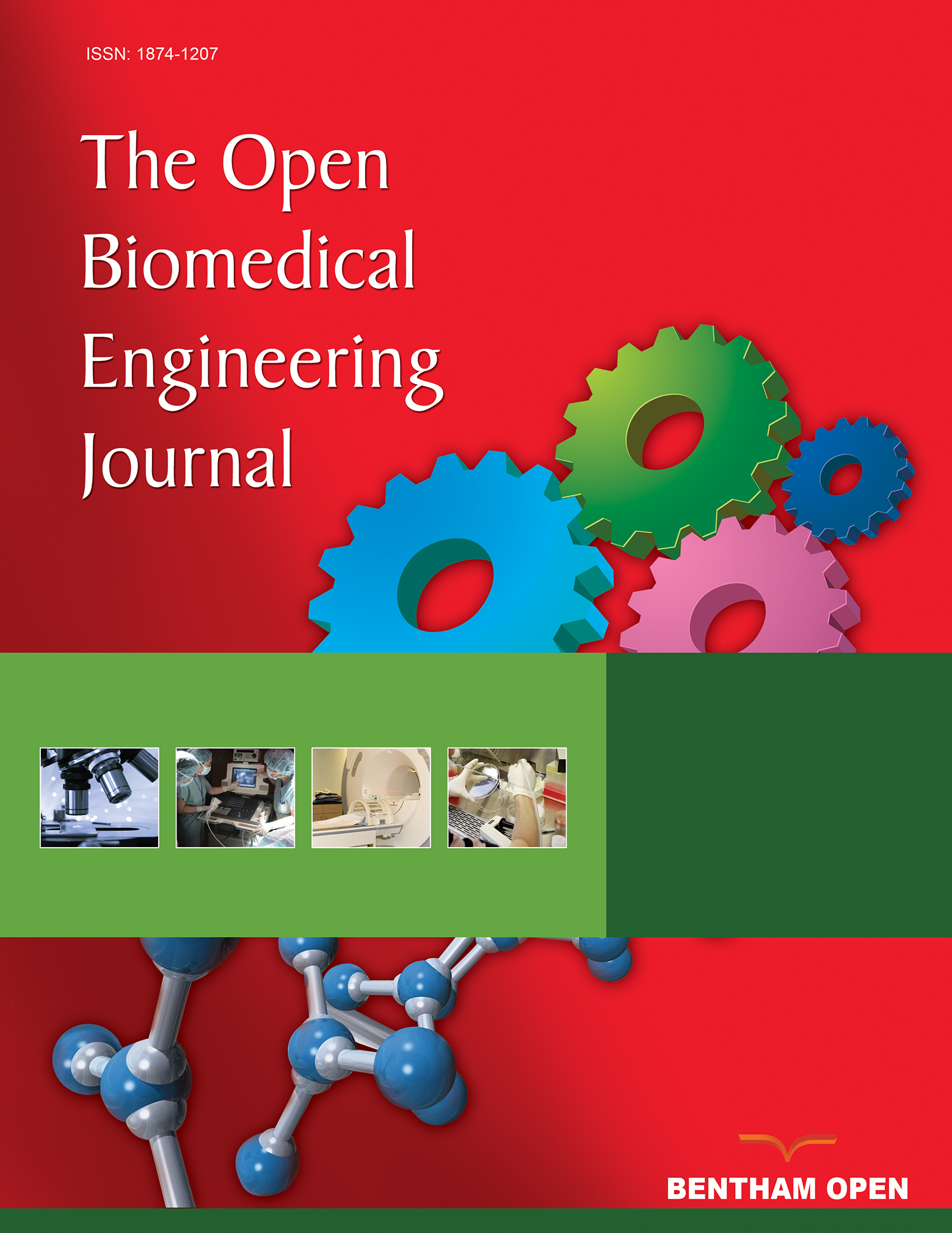In vitro Biomodels in Stenotic Arteries to Perform Blood Analogues Flow Visualizations and Measurements: A Review
Abstract
Cardiovascular diseases are one of the leading causes of death globally and the most common pathological process is atherosclerosis. Over the years, these cardiovascular complications have been extensively studied by applying in vivo, in vitro and numerical methods (in silico). In vivo studies represent more accurately the physiological conditions and provide the most realistic data. Nevertheless, these approaches are expensive, and it is complex to control several physiological variables. Hence, the continuous effort to find reliable alternative methods has been growing. In the last decades, numerical simulations have been widely used to assess the blood flow behavior in stenotic arteries and, consequently, providing insights into the cardiovascular disease condition, its progression and therapeutic optimization. However, it is necessary to ensure its accuracy and reliability by comparing the numerical simulations with clinical and experimental data. For this reason, with the progress of the in vitro flow measurement techniques and rapid prototyping, experimental investigation of hemodynamics has gained widespread attention. The present work reviews state-of-the-art in vitro macro-scale arterial stenotic biomodels for flow measurements, summarizing the different fabrication methods, blood analogues and highlighting advantages and limitations of the most used techniques.


